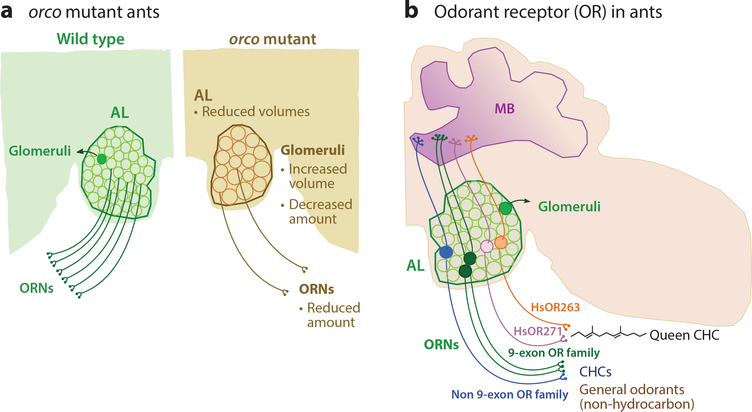Figure 3. Anatomy and function of the olfactory system in eusocial insects.
ALs in insects consist of numerous compacted neuropil structures called glomeruli. Each glomerulus receives odorant signals from a set of ORNs that contains the same OR, while projection neurons relay the signals to the MBs and lateral horns. (a) orco mutant ants (right) have fewer ORNs than the wild type (left). The volume of mutant ALs is reduced, with fewer but enlarged glomeruli (143). (b) Ants have an amplified family of Or genes that sense a broad spectrum of odorants. In particular, the 9-exon OR family is significantly expanded in eusocial insects (147, 148). Two members of this class, HsOR263 and HsOR271, mediate response to the Harpegnathos queen CHC pheromone. The 9-exon and non-9-exon ORs display a broad overlap of sensitivity to general odorants and CHCs (93, 119). Abbreviations: ALs, antennal lobes; CHC, cuticular hydrocarbon; MBs, mushroom bodies; Or, odorant receptor gene; orco, odorant receptor coreceptor gene; ORNs, odorant receptor neurons.

